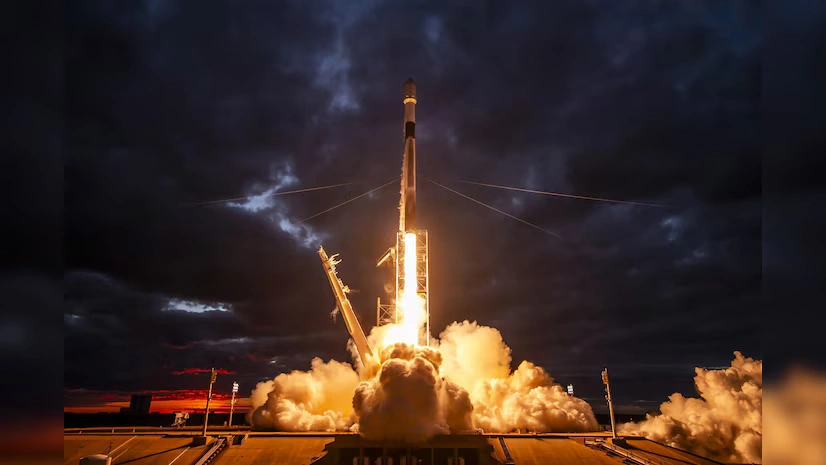SpaceX Collaborates with ISRO for the Successful Launch of Communication Satellite GSAT-N2
SpaceX successfully launches ISRO’s advanced GSAT-N2 satellite, enhancing broadband connectivity and strengthening global space collaboration.
SpaceX Successfully Launches ISRO’s Advanced Communication Satellite GSAT-N2, Enhancing India’s Broadband Connectivity and Digital Infrastructure

In a first, billionaire entrepreneur Elon Musk’s SpaceX successfully launched the Indian Space Research Organisation’s advanced communication satellite, GSAT-N2, from the Canaveral Space Force Station in Florida. Relied on for the launch is the trusted Falcon 9 rocket of SpaceX. This marks a new wave of commercial collaboration between ISRO and SpaceX, portending bright prospects for future collaborations.
Read more: Mumbai’s Upcoming Dry Days: Liquor Shops Closed for Maharashtra Polls
This is the first of a series of strategic agreements between India’s premier space organization and California-based private company SpaceX-the global leader in innovative, cost-effective solutions in space technology. Speaking with NDTV, Radhakrishnan Durairaj, Chairman and Managing Director, New Space India Limited- Indian Space Research Organisation’s commercial arm-have confirmed that GSAT-N2/GSAT-20 has been successfully placed in the intended orbit.
Know more about GSAT-N2
GSAT-N2: A high-throughput communication satellite was developed in association with ISRO‘s Satellite Centre and Liquid Propulsion Systems Centre. It is designed to enhance the broadband service and offer seamless in-flight connectivity throughout India. The satellite shall have a strong data transmission capacity of 48 Gbps. Beyond just providing communications, the satellite plays an important part in its support to the infrastructure needed for India’s Smart Cities Mission.
Read more: Kailash Gehlot’s Sudden Switch: Ex-AAP Minister Poised to Join BJP Amid Delhi Political Shifts
Equipped with 32 user beams, the GSAT-N2 ensures comprehensive coverage. It has eight narrow spot beams for the Northeast region and 24 wide spot beams for the rest of the country, supported by mainland-based hub stations. Using its Ka-Band HTS communication payload, the satellite delivers a throughput that sets India forward in its aspirations for digital connectivity. GSAT-N2 is slated for a 14-year service life, making its impact on India’s technological and digital landscape more solid.
Why SpaceX Was Chosen for the Mission
For long, ISRO had relied on French launch provider Arianespace for heavy satellite launches. However, at present, Arianespace did not have operational rockets that could accommodate a payload of as much as GSAT-N2’s 4,700 kg. While the LVM-3 launch vehicle designed by India could carry payloads up to 4,000 kg, the weight of the GSAT-N2 exceeded its capacity.
SpaceX’s Falcon 9 rocket emerged as the ideal choice due to its proven capability to carry heavy payloads and its established reliability. This selection highlights SpaceX’s growing reputation as a preferred partner for global space missions, further bolstering its collaboration with ISRO.
GSAT-N2’s successful launch marks the increasing growth of international synergy among the space agencies with private enterprises and usheres a new round of innovative solutions related to satellite technology and connectivity.
We’re now on WhatsApp. Click to join.
Like this post?
Register at One World News to never miss out on videos, celeb interviews, and best reads.








